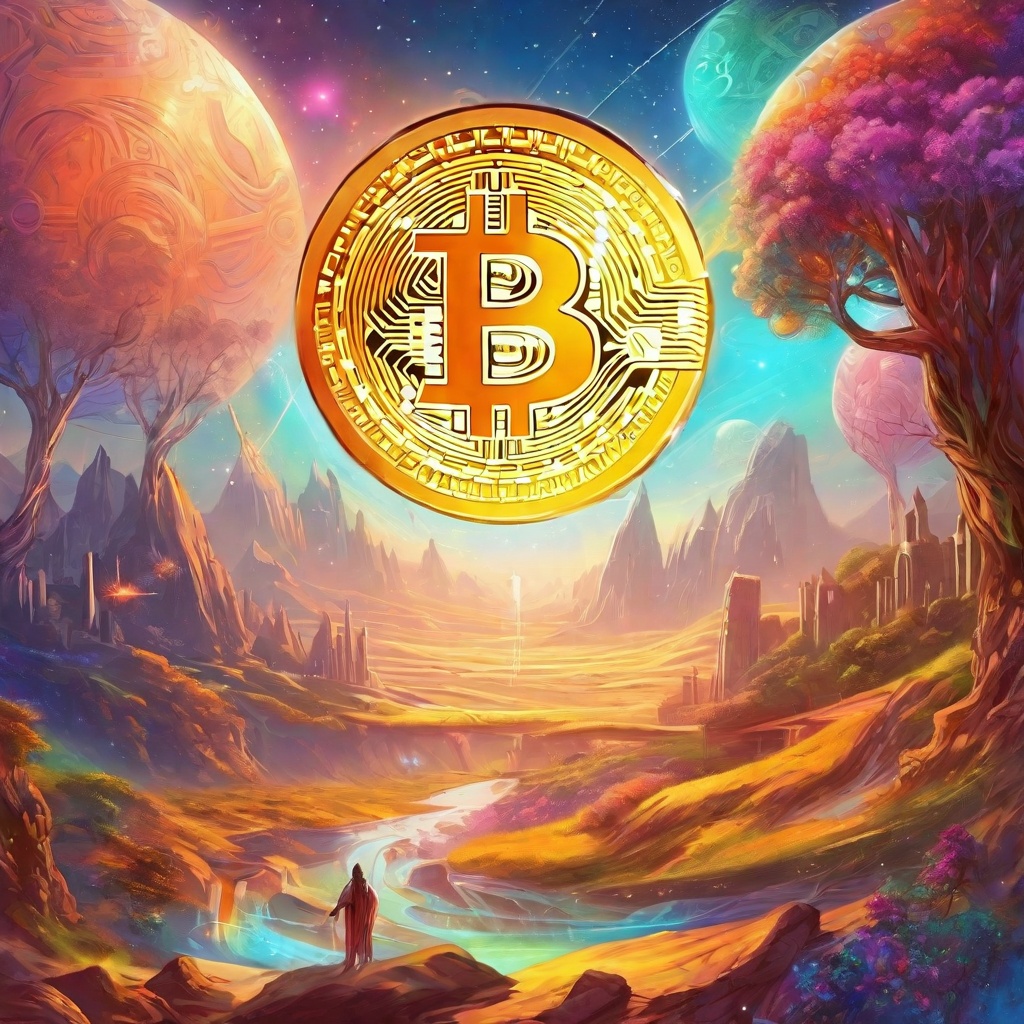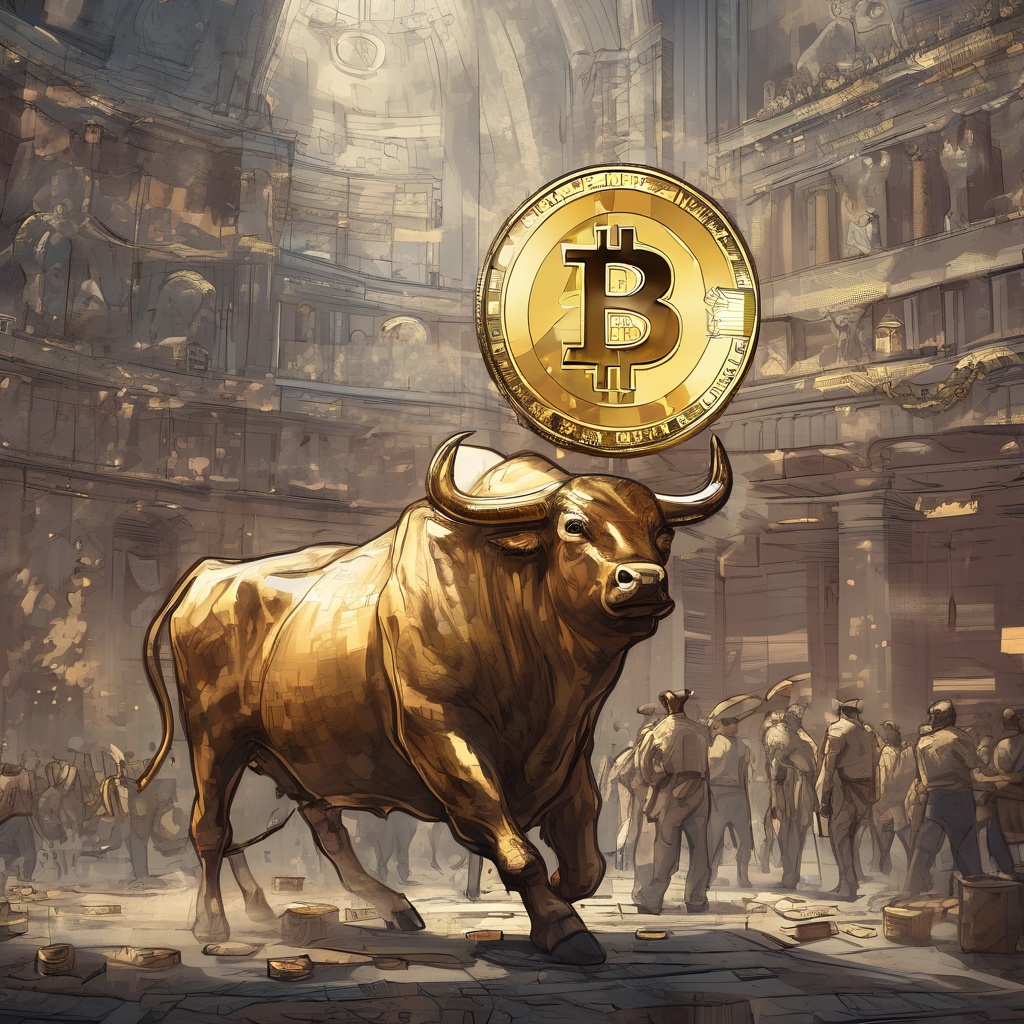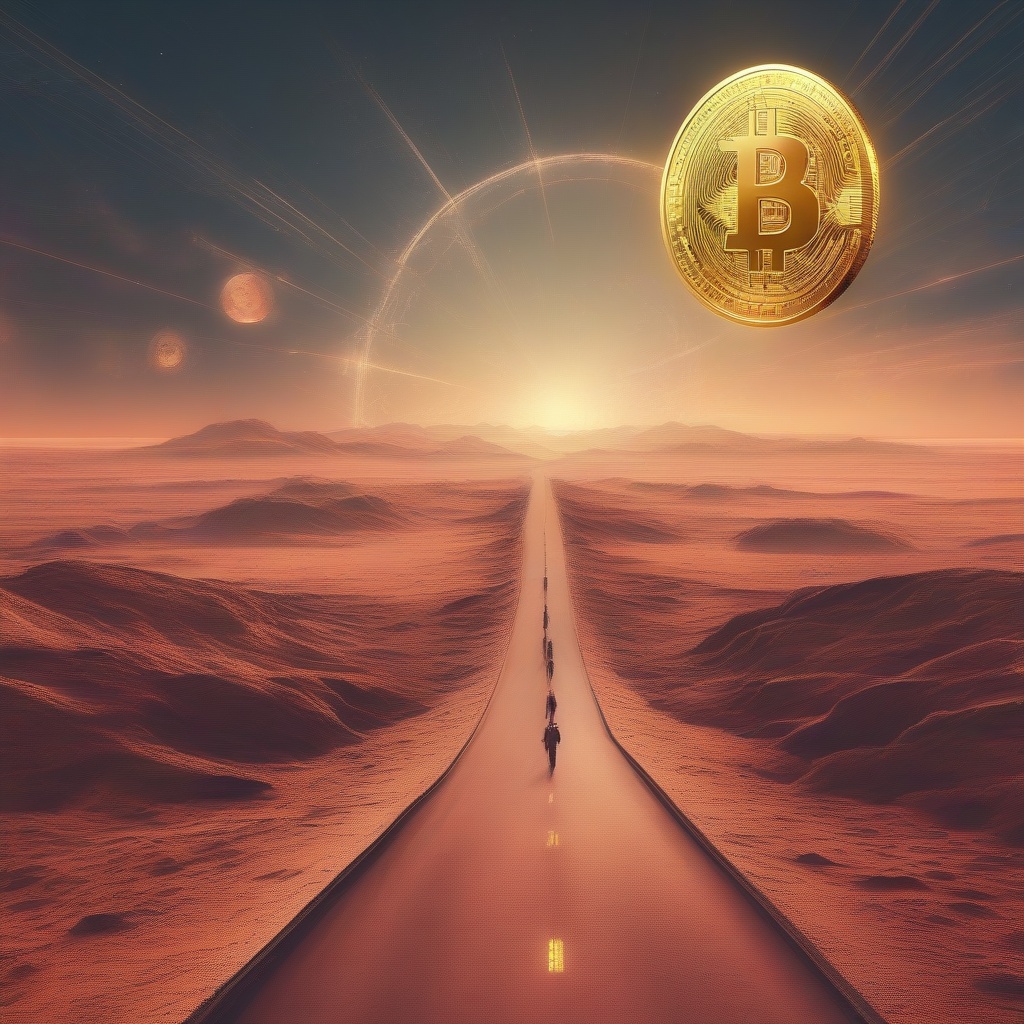What does elasticity measure in economics?
I am studying elasticity in economics and I want to understand what it actually measures. I know it's related to changes in demand or supply when prices change, but I need a clearer explanation.

What is the concept of opportunity cost in economics?
I'm interested in understanding the economic concept of opportunity cost. Could someone explain what it is and how it applies in economics?

What are the two most important assumptions in all of economics?
I'm curious about the fundamental assumptions that underlie the entire field of economics. Specifically, I want to know what are the two most critical assumptions that economists typically rely on in their studies and theories.

What are the 2 important assumptions of economics?
I am studying economics and trying to understand its fundamental assumptions. I know that economics has certain basic assumptions that form the foundation of its theories and models. I want to know what these two crucial assumptions are.

What is CIC in economics?
I'm trying to understand the concept of CIC in the field of economics. Could someone please explain what CIC stands for and its significance in economics?

